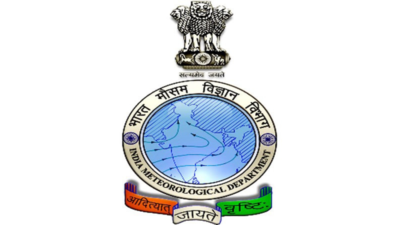
NEW DELHI: While India meteorological department (IMD) is largely known for providing weather alerts and warnings in the public interest, benefiting various sectors and the common people, the country’s national weather forecaster has now emerged as a key govt scientific agency generating revenue from its range of services. Becoming the biggest money earner of the ministry of earth sciences (MoES), IMD has earned more than Rs 226 crore since 2022-23, with a substantial amount coming to its kitty from the aviation meteorological services provided to Airports Authority of India (AAI). MoES informed a parliamentary panel that another institution — Chennai-based National Institute of Ocean Technology (NIOT) — has developed about 42 technologies which were transferred to industry on paid basis.
It earned more than Rs 24 crore in the past three years. Besides rendering the aviation met services to AAI, IMD earned revenue by sale of meteorological data, periodical weather reports and testing/calibration of equipment. Data shared with the panel — parliamentary standing committee on science and &technology, environment, forests and climate change — shows that the IMD earned nearly Rs 66 crore by providing aviation met services during the first six months of 2024-25 financial year.

“This (generating revenue from its services) will not only help the ministry to generate additional resources for augmenting important programmes, but also transfer the benefit of these technologies to the society at large,” said the panel, headed by BJP Lok Sabha member Bhubaneswar Kalita. Keeping in mind the specialised requirements of the renewable energy sector, a new data product suitable to the requirements of the sector has also been developed. The medium range forecasts (up to 10 days) of near surface variables (rainfall, temperature, surface pressure, humidity and winds) and upper air variables (winds, temperature humidity and geopotential height) are used for monitoring and early warning of severe weather events.
Get the latest lifestyle updates on Times of India, along with Navratri Wishes , Eid Messages and quotes !.














